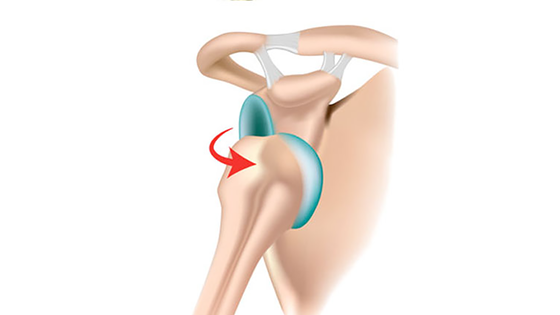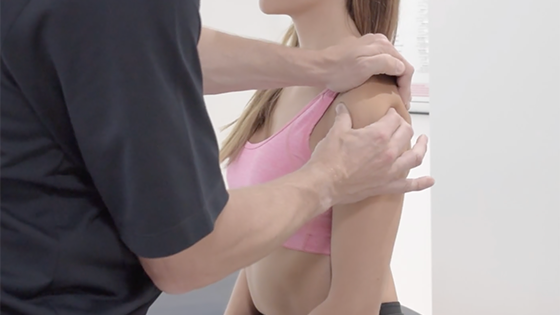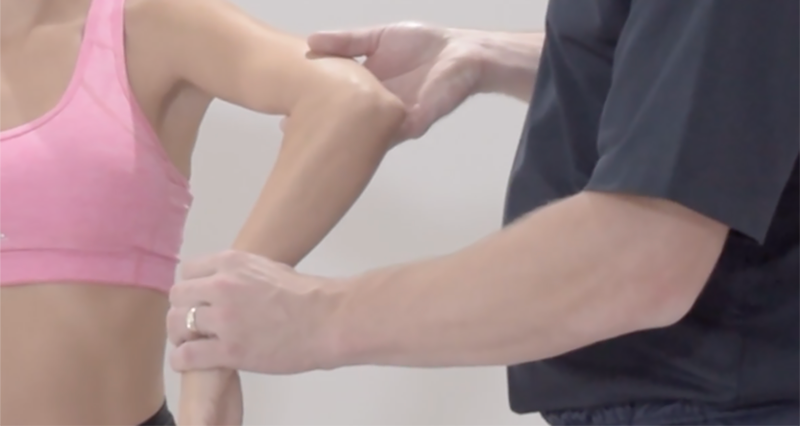The Load and Shift test evaluates shoulder stability by manually moving the humerus in the shoulder socket to detect abnormal looseness or instability.
What is shoulder instability/subluxation?
Shoulder subluxation is a partial dislocation that can significantly restrict activity. The condition is often painless, but annoying. As a result, it interferes with daily and sports activities.
Bones, ligaments, joint capsules, and muscles support the shoulder joint, also allowing a wide range of movement. This test assesses the integrity of these structures.
This instability can manifest as anterior, where the arm pops out forward, posterior, where it shifts backward, or multi-directional. The most common type, anterior instability, occurs due to weaker support at the front of the joint capsule.

How to perform the load and shift test
Begin by seating the patient comfortably with their hands resting on their lap. Then stabilize the clavicle and scapula with one hand. Next, with the other, grip the humeral head aiming to centre it into the glenoid fossa.
Then, test the front of the joint by moving the humeral head forward. Normal movement should not exceed 25% of the humeral head’s diameter. To assess the back of the joint, push the humeral head backward; up to 50% translation is normal.

What is a positive load and shift test?
A positive test occurs if the procedure recreates the patient’s shoulder symptoms. Or if it shows more movement on one side compared to the other. However, while the load and shift test is highly-specific and excellent for confirming the absence of shoulder instability, it has a low sensitivity. Therefore, you should use other tests to confidently diagnose shoulder instability.
Considerations
For a reliable diagnosis of shoulder instability, use additional tests alongside the load and shift test to cover its low sensitivity.




